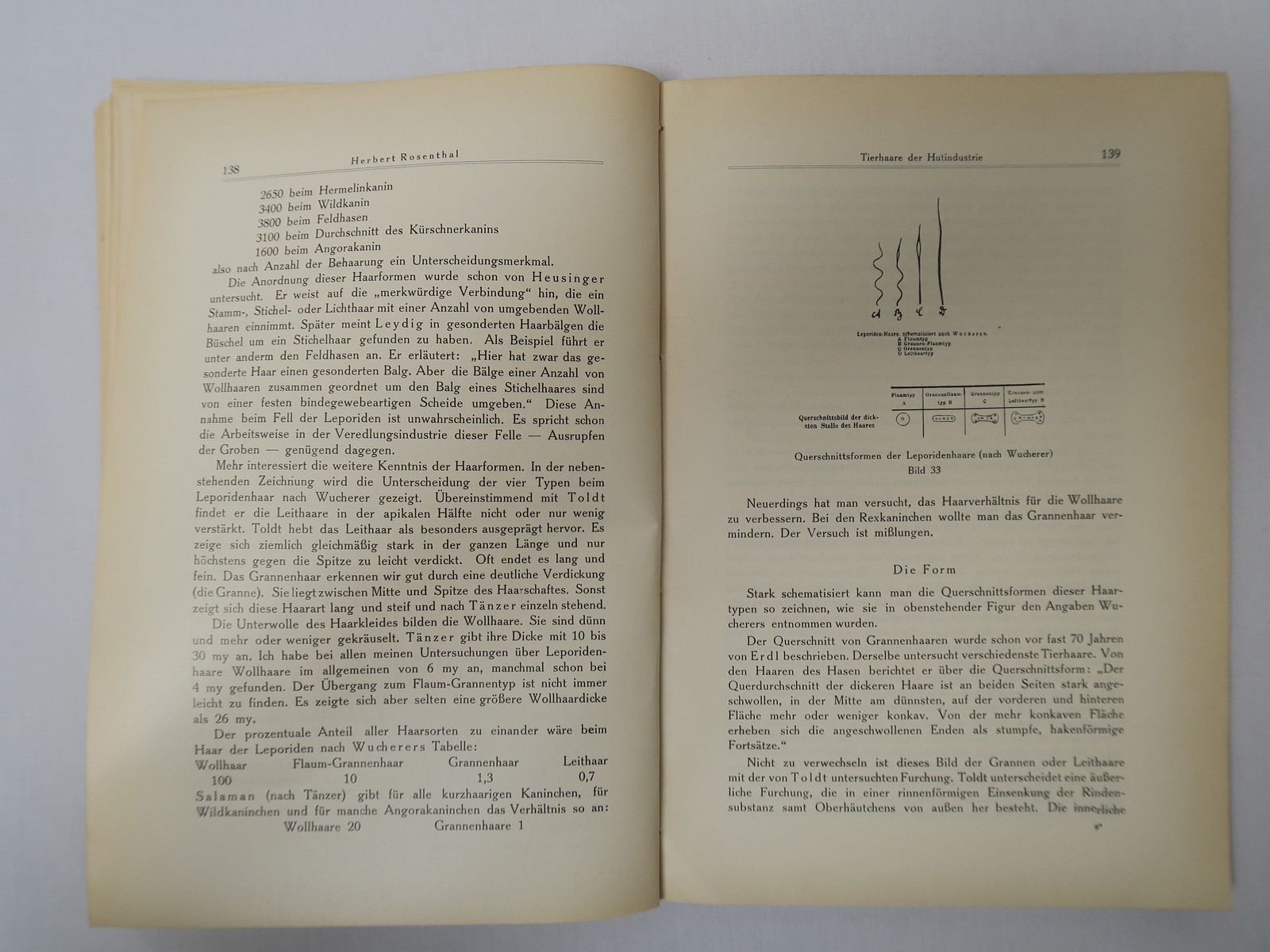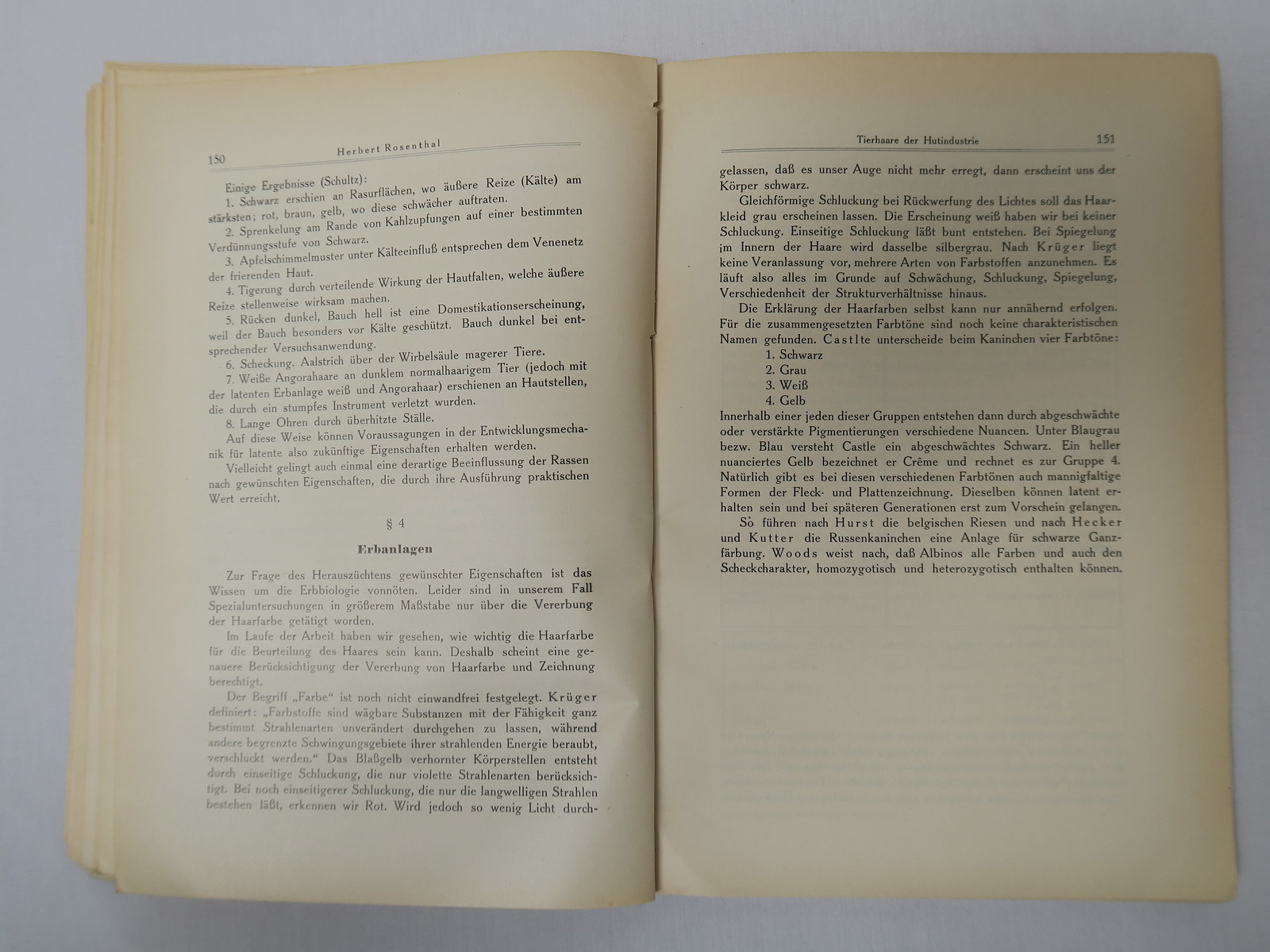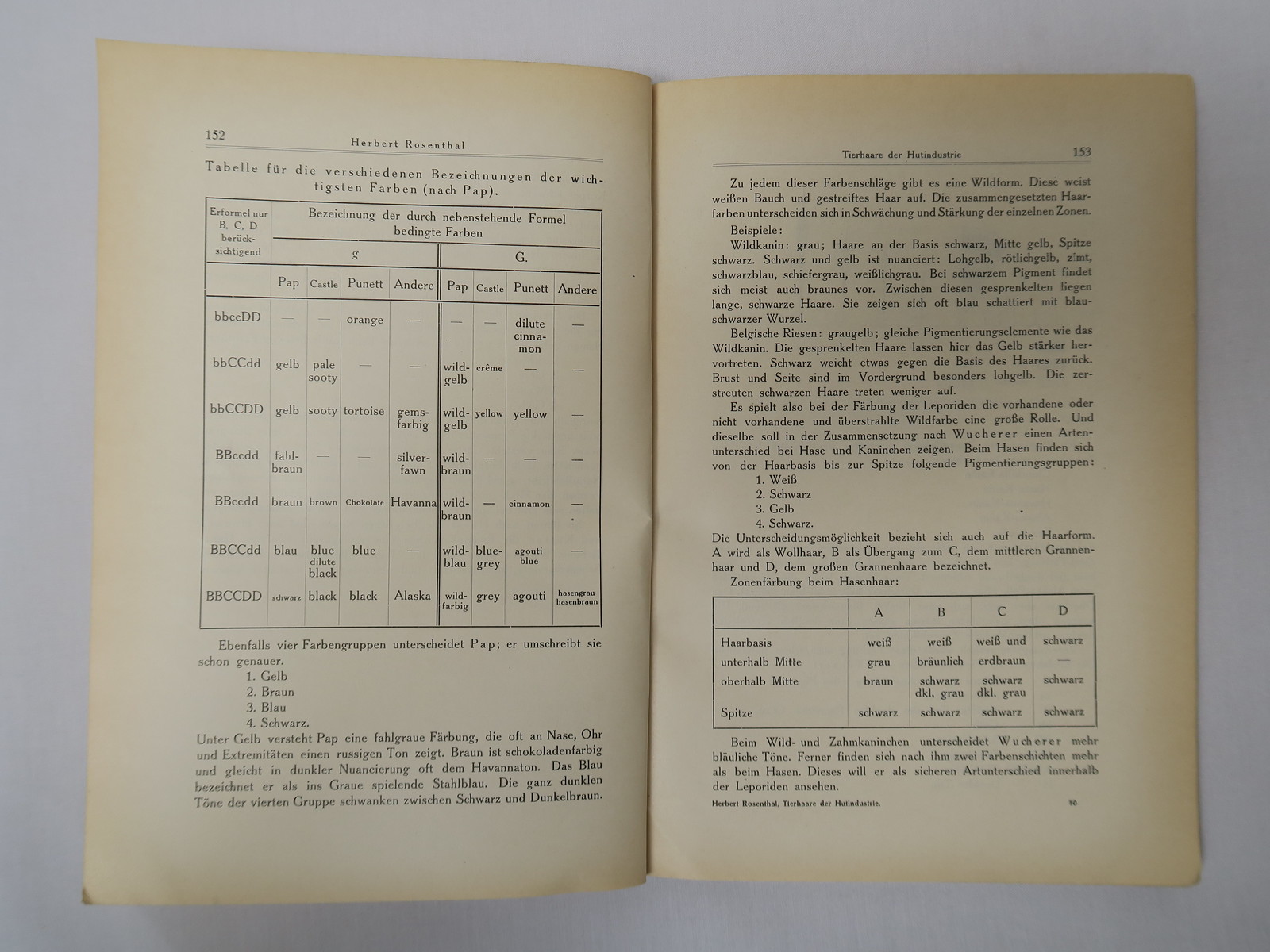So I was thinking about a method to determine the type of fur used to make a certain vintage hat. I was thinking it has to be possible to look at the hair under a microscope to determine if it's rabbit, beaver or some kind of blend.
So I gave it a try and used some scotch tape to stick hair from inside the hat under the lining.
Here are 3 of my Hats. My Optimo 1000 undyed belly beaver fur hat, my brown 50s Dobbs Twenty and a 70s (20$) grey Cavanagh hat. All images are with 80x magnification.
50s Dobbs:
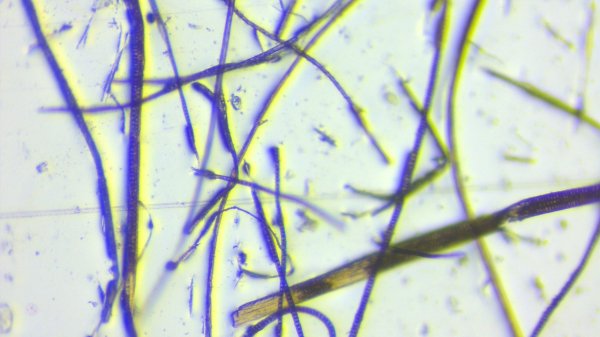
70s Cavanagh

2018 Optimo Silverbelly
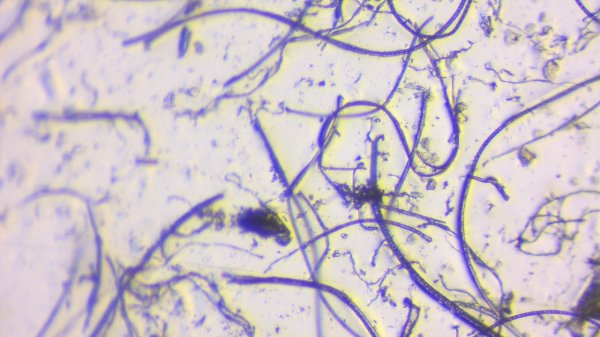
So I gave it a try and used some scotch tape to stick hair from inside the hat under the lining.
Here are 3 of my Hats. My Optimo 1000 undyed belly beaver fur hat, my brown 50s Dobbs Twenty and a 70s (20$) grey Cavanagh hat. All images are with 80x magnification.
50s Dobbs:

70s Cavanagh

2018 Optimo Silverbelly





